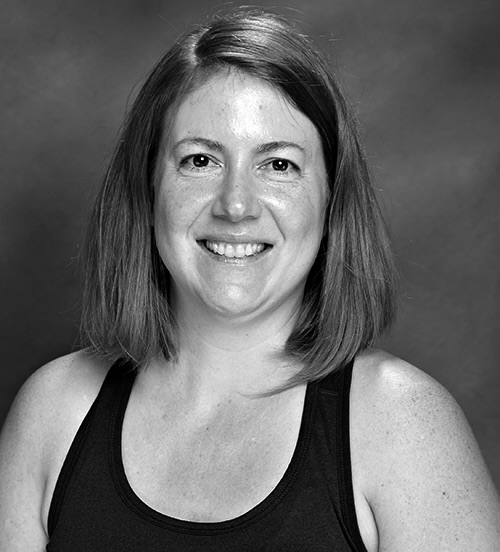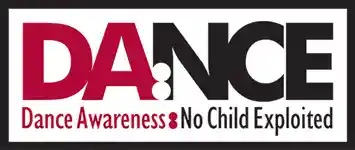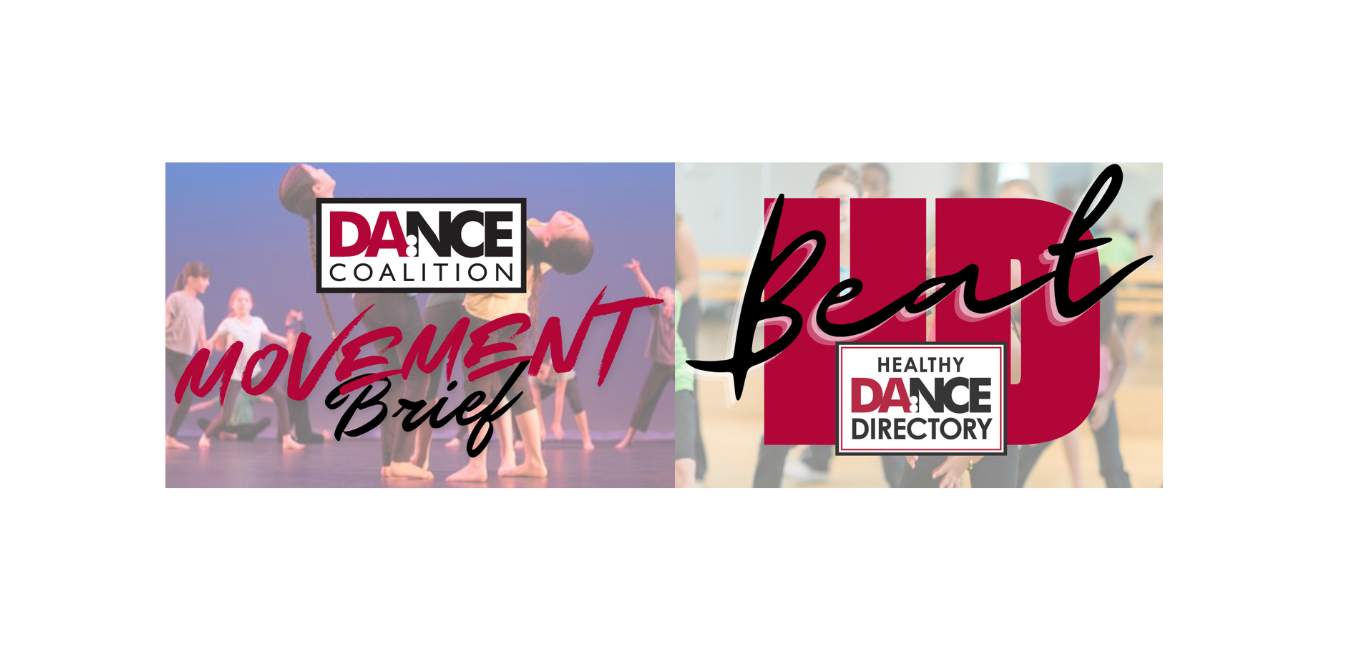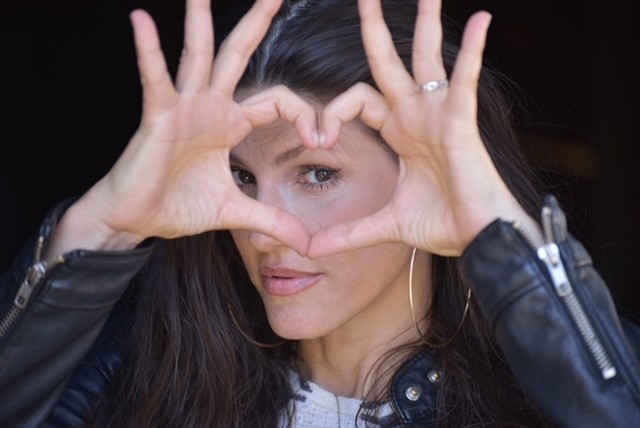In 2005, dance in American reality television birthed a new era of dance awareness with So You Think You Can Dance (SYTYCD) and Dancing with the Stars (DWTS). Dance Moms followed in 2011. Young, aspiring dancers (and conversely, fading celebrities) acquired a performance platform with lucrative pay-outs if the stars aligned in their favor. Accessing that favor required a willingness to do any and everything one could possibly physically attempt under the microscope of the television screen and millions of viewers at home. Cultivating a fan base was critical to one’s success, which meant being vulnerable and available on or off the screen. Viewers at home found inspiration watching big names and unknowns climb their way to victory – emulating the desired trajectory of the American Dream – one jump, leap, and turn at a time.
This magnification of dance culture also offered a broader exposure to what would become DA:NCE Founder Mary Bawden’s mission: providing education and resources to end exploitation through hypersexualization of children in adult costumes, choreography, and music.1 Each episode showed dancers facing the pressure to meet expectations of choreographers, directors, producers, and of course, the camera. Some of those dancers were adults and some were not; DA:NCE asks, what happens when children are forced to meet those pressures in ways beyond their maturity or consent?
Certainly, many dancers felt empowered by their choice to participate in these shows. For instance, Alex Wong went from being relatively unknown outside of the dance world as a soloist at Miami City Ballet and Prix de Lausanne winner to a household name through his participation on multiple seasons of SYTYCD with increased career capacity beyond what he could achieve in a traditional ballet career2. Suddenly, the dance community had a bigger window with more faces peering into the “studio” illuminating the good, the bad, and the ugly of dance training. This window propelled dance (in America) into a much broader commercial delivery in a sensationalized way that sent demand into hyperdrive3. Young children exhilarated by the “lights, camera, action” found their way into a studio. It is our hope at DA:NCE that they (and their parents) chose a Healthy Dance Studio “to learn and experience the gift of dance in safe environments that do not sexualize and/or exploit them…because children deserve to love dance, their bodies, and themselves.”4
When I wrote my master’s thesis at Florida State on Dance in Reality Television5 in 2010, the fetish-like nature attributed at times to dance troubled me. I did not have the language (or the confidence) to address these concerns beyond theoretical application. Then, in 2016, a boyfriend purchased tickets to a dance event as a surprise. He did not know he had purchased tickets to a children’s dance recital, but he was even more confused when he saw young girls half-naked, gyrating across the stage. He turned to me somewhat horrified, saying, “Is this what you do?” We left early and I spent the evening trying to explain what my years of dance training and working at internationally known companies like Boston Ballet, Central Pennsylvania Youth Ballet, Freed of London, Miami City Ballet, San Francisco Ballet, and The Joyce Theater actually entailed.
I directly encountered this issue again when asked to provide Pilates training to an eleven-year old dancer in 2024. Normally, I find working with young dancers exciting. They are focused, passionate, and we often make quick work of whatever the physical limitation or issue that brought them to me. However, in this instance, I was completely shocked when this young girl showed up to my studio in booty shorts and a bra (her mother just dropped her off), struggling greatly to concentrate. In my confusion, I looked up her social media channels trying to understand her dance experience. There I saw her performing adult choreography, with adult costuming and music. Based off my experience with her, I believe she was presenting with the effects of hypersexualization 6including: Poor Academic Performance (she mentioned difficulties with school), Objectification of Females (she modeled for dancewear companies promoting sexy outfits in addition to performing adult choreography), and, Relationship Wounding due to Constant Comparison (she and her younger sister appeared dependent on their dance achievements to get attention from their parents).
Because my personal experiences in dance were largely positive and I had very present parents, I was overwhelmed with shock and sadness. I felt powerless to make a meaningful impact. I am grateful that within a few months I connected with Mary Bawden. DA:NCE filled my gap of understanding with practical resources and ways to respond to these concerns.
There are two new avenues for educators, parents, dancers, and advocates to engage: The Movement Brief and HD Beat. These monthly newsletters serve members of the DA:NCE Coalition and Healthy DA:NCE Directory with current research, best practices, and support from an international network dedicated to a shared cause. I’ll see you in your inbox!
____________________________________
- [1] https://www.danceawareness.com/
- [2] https://www.thealexwong.com/bio/
- [3] https://dancemagazine.com/So-You-Think-You-Can-Dance/#gsc.tab=0
- [4] https://www.danceawareness.com/who-we-are/#mission
- [5] https://repository.lib.fsu.edu/islandora/search?type=dismax&f%5B0%5D=fsu_namePart_roleTerm_merge_ms%3AAtkins%2C%5C%20Jennifer%5C%20%5C%28committee%5C%20member%5C%29
- [6] https://www.danceawareness.com/who-we-are/#educational

A Development Associate with DA:NCE, Melissa Croushorn is also a fully certified STOTT PILATES Instructor specializing in dynamic joint function for clients ranging from those recovering from surgery or injury to high level athletes. She provides dance education and career planning resources as The Ballerinatist™ for pre-professional dancers and their parents.
Her work in dance education and arts management includes Boston Ballet, Central Pennsylvania Youth Ballet, Miami City Ballet, San Francisco Ballet, The Joyce Theater, Freed of London, & Penn State.
She received her B.A. in Communication & Theatre Arts from Virginia Tech and her M.A. in American Dance Studies from Florida State where she also performed in the Tightwire Act with The Flying High Circus.



